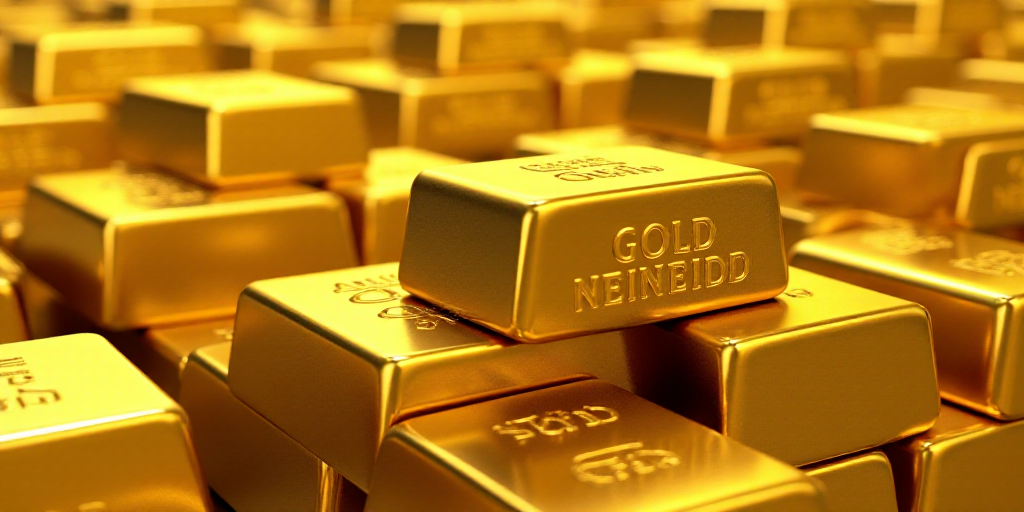Background on the Relevance of Gold in Today’s Market
Gold has recently reached new heights, nearing the $4,000 mark per ounce on Tuesday’s trading session. This upward trend reflects a consistent dynamic of portfolio reallocation towards safe-haven assets amidst high macroeconomic uncertainty and geopolitical tensions.
Experts’ Perspectives on Gold’s Performance
Antonio Montiel, Director of Analysis at ATFX Education, stated that gold reaffirms its position as the primary store of value due to weakening global growth prospects. The ongoing partial U.S. government shutdown, now in its seventh day, further boosts demand for low-risk credit instruments with reduced exposure to fiscal volatility.
Montiel also mentioned that there is a growing probability of a 25 basis points interest rate cut by the Federal Reserve in their upcoming meeting, followed by another adjustment of the same magnitude in December. This anticipated monetary easing intensifies gold’s appeal by lowering the opportunity cost in an environment of real rate compression.
Peter Grant, Senior Strategist at Zaner Metals, echoed these sentiments. He noted that the continuous flow of safe-haven demand, partly driven by the government shutdown, supports gold’s demand. The recent surge in gold is attributed to a mix of factors including expected interest rate cuts, political and economic uncertainty, strong central bank purchases, inflows into gold ETFs, and a weakening U.S. dollar.
Gold’s Outperformance Compared to Other Assets
The yellow metal’s price has seen a yearly increase of 51.92%, outpacing the returns from more developed stock markets like the S&P 500, Dow Jones, and Nasdaq, as well as Mexican exchanges BMV and BIVA.
- Mexico’s S&P/BMV IPC gained 21.62%, and the FTSE-BIVA increased by 20.10% in 2025.
- In Wall Street, the Nasdaq leads with an 18.01% gain, followed by the S&P 500 with a 14.16% rise and the Dow Jones at 9.54%.
Compared to other assets like platinum, silver, and palladium, gold has seen a yearly gain of 51.92%, 63.08%, and 52.01% respectively.
Barclays analysts highlighted that gold is considered a surprisingly good hedge against inflation risks, despite its significant price increase over the past few years. They also noted that central bank demand has been the second most important factor contributing to gold price adjustments since January 2020, though its impact lags behind inflation.
Marginal Increase in Gold ETFs
Gold ETFs (Exchange Traded Funds) listed on the New York Stock Exchange experienced a slight uptick yesterday.
- The Amundi Physical Gold ETF rose by 1.17%.
- The Invesco Physical Gold ETC increased by 0.83%.
- The iShares Physical Gold ETF went up by 0.82%.
Key Questions and Answers
- Q: Why is gold’s price rising? A: Gold’s price is increasing due to factors such as expected interest rate cuts, political and economic uncertainty, strong central bank purchases, inflows into gold ETFs, and a weakening U.S. dollar.
- Q: How does gold’s performance compare to other assets? A: Gold has outperformed major stock market indices and other precious metals like platinum, silver, and palladium in 2025.
- Q: What are analysts’ views on gold as a store of value? A: Analysts consider gold to be an excellent store of value, even after its significant price increase over the past few years, due to it still being below its reasonable value.
- Q: How do central bank demands impact gold prices? A: Central bank demand has been a secondary but significant factor contributing to gold price adjustments since early 2020, though its impact is less pronounced compared to inflation.






